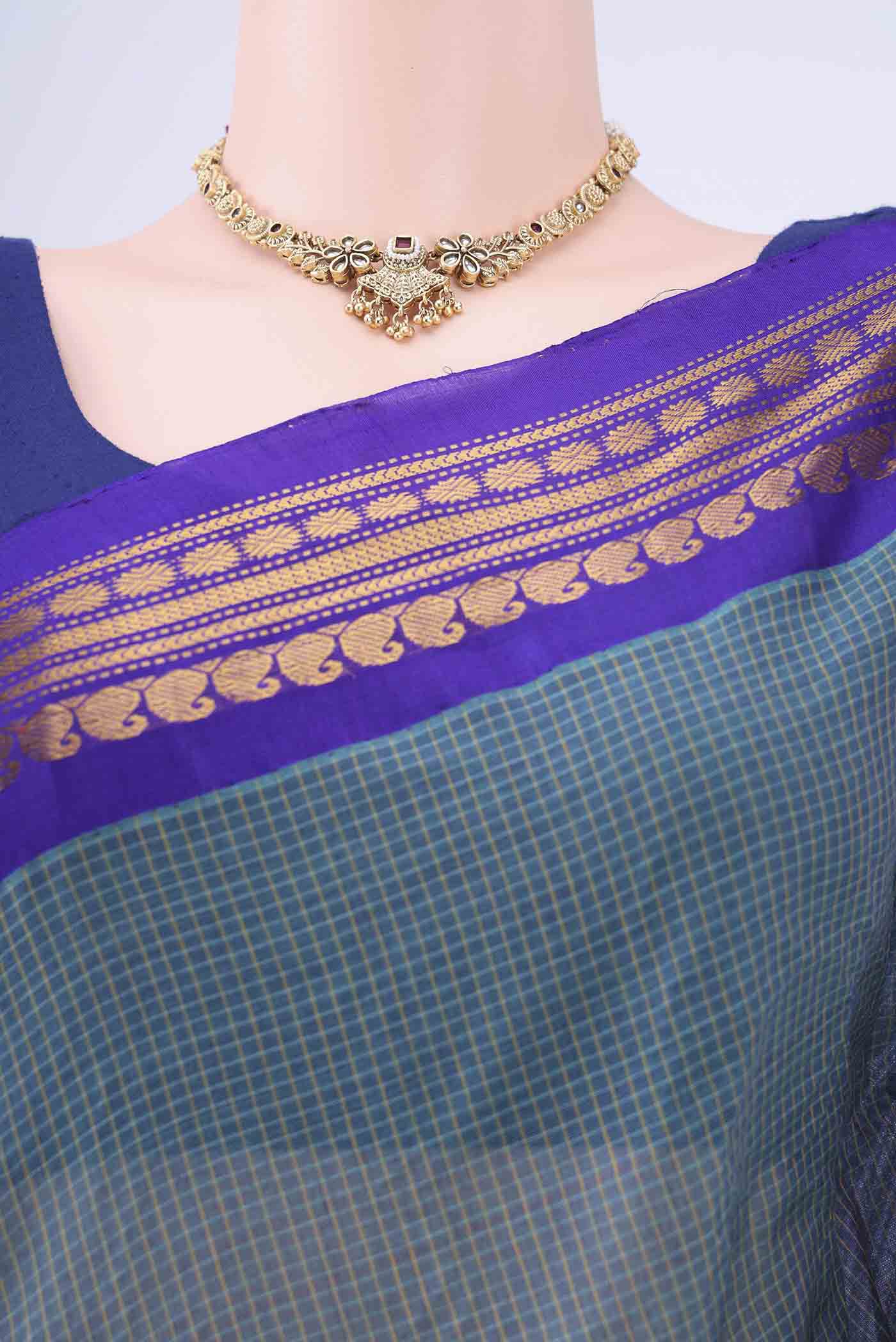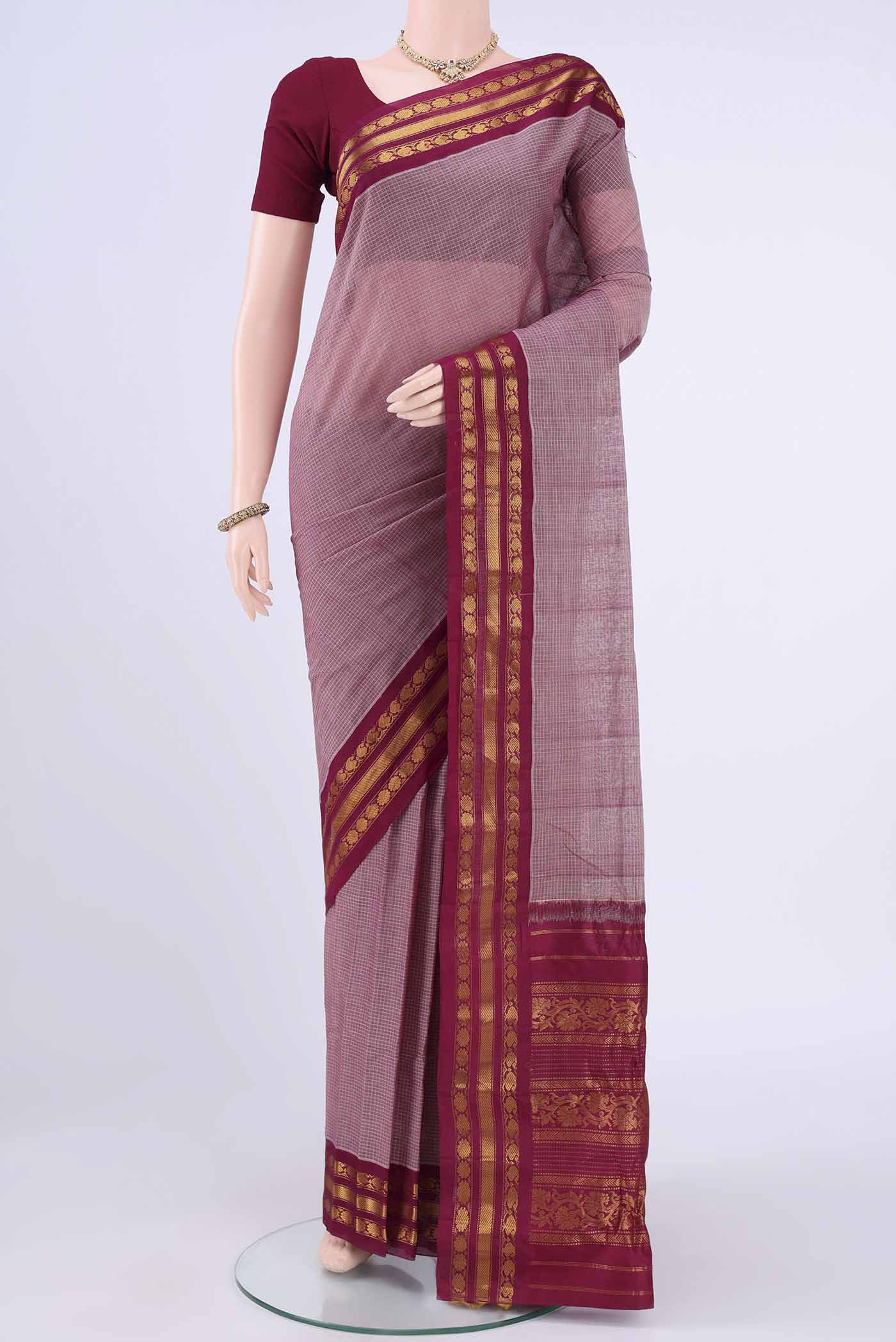397 items
-
Davys Grey Dual Tone Gadwal cotton Saree Davys Grey Dual Tone Gadwal cotton Saree 
Davys Grey Dual Tone Gadwal cotton Saree 
Davys Grey Dual Tone Gadwal cotton Saree 
Davys Grey Dual Tone Gadwal cotton Saree
₹10,509.00 -
Green Kalamkari Cotton Saree Green Kalamkari Cotton Saree 
Green Kalamkari Cotton Saree 
Green Kalamkari Cotton Saree 
Green Kalamkari Cotton Saree 
Green Kalamkari Cotton Saree 
Green Kalamkari Cotton Saree
₹11,050.00 -
Purple Poly Cotton Saree Purple Poly Cotton Saree 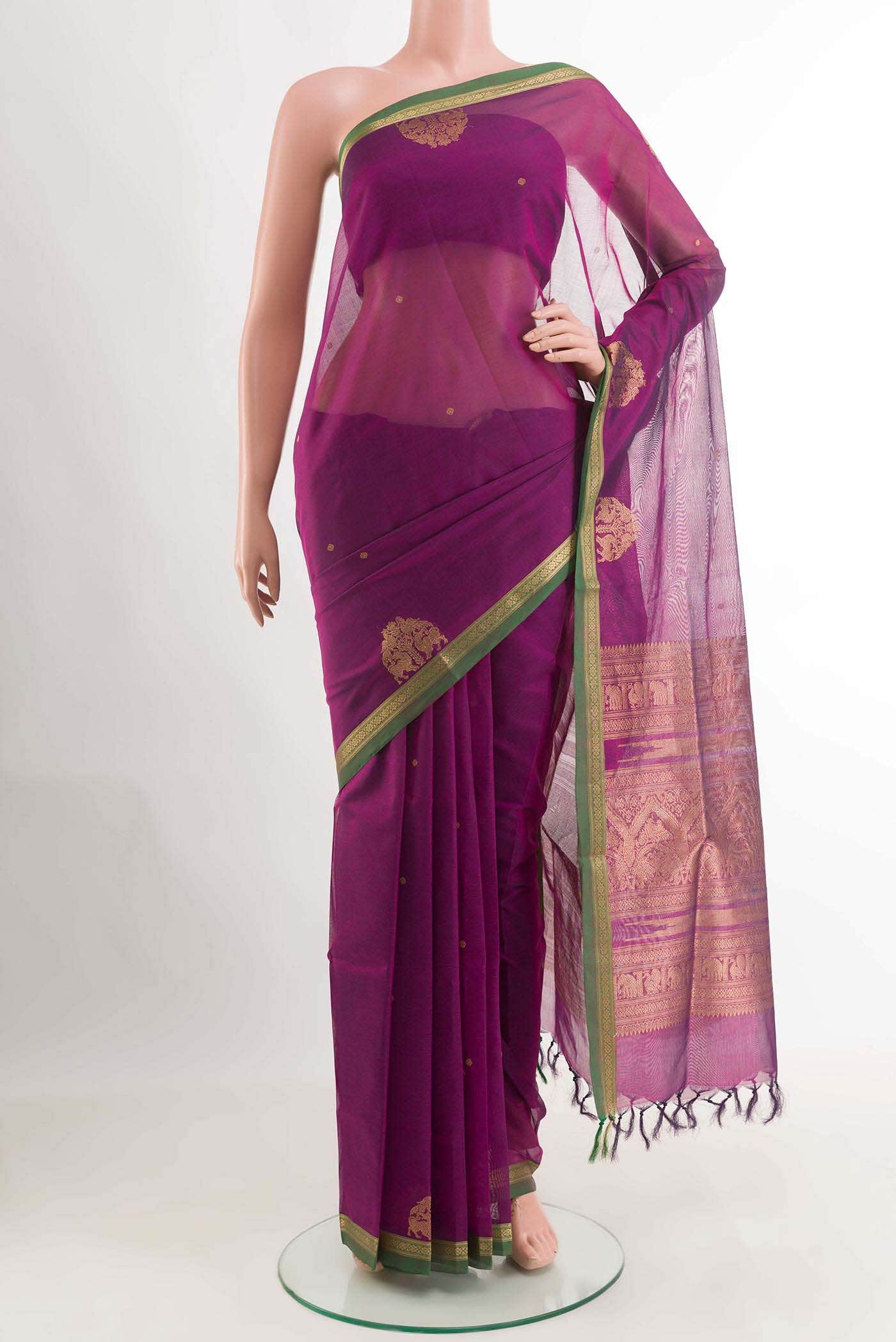
Purple Poly Cotton Saree 
Purple Poly Cotton Saree 
Purple Poly Cotton Saree 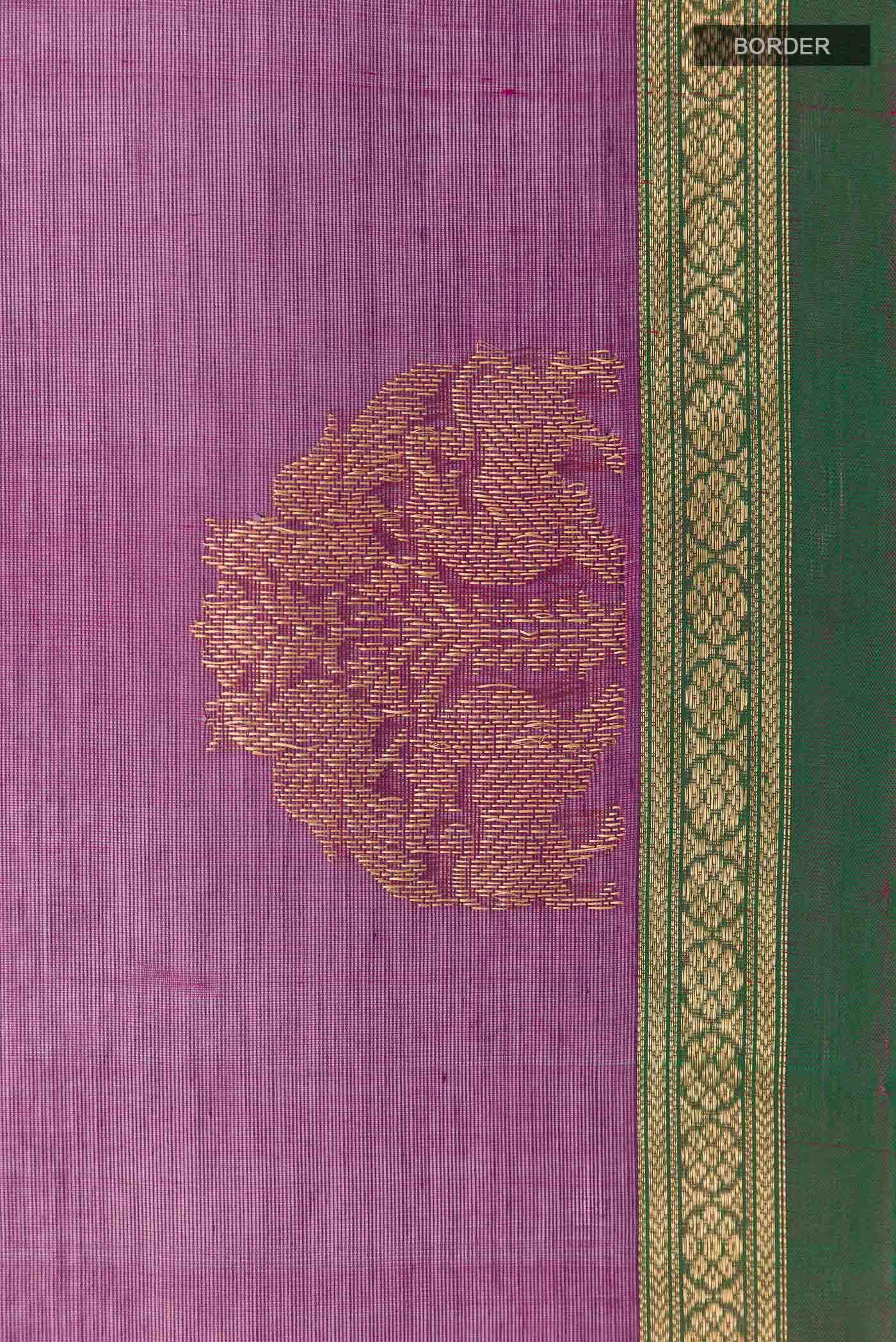
Purple Poly Cotton Saree 
Purple Poly Cotton Saree
₹8,480.00 -
Maroon Pochampally Cotton Saree Maroon Pochampally Cotton Saree 
Maroon Pochampally Cotton Saree 
Maroon Pochampally Cotton Saree 
Maroon Pochampally Cotton Saree 
Maroon Pochampally Cotton Saree 
Maroon Pochampally Cotton Saree
₹11,009.00 -
Light Blue Dual Tone Gadwal cotton Saree Light Blue Dual Tone Gadwal cotton Saree 
Light Blue Dual Tone Gadwal cotton Saree 
Light Blue Dual Tone Gadwal cotton Saree 
Light Blue Dual Tone Gadwal cotton Saree
₹10,509.00 -
Grey Gadwal cotton Saree Grey Gadwal cotton Saree
₹8,458.00 -
Mauve Uppada Cotton Saree Mauve Uppada Cotton Saree
₹31,136.00 -
Blue Dual Tone Gadwal cotton Saree Blue Dual Tone Gadwal cotton Saree 
Blue Dual Tone Gadwal cotton Saree 
Blue Dual Tone Gadwal cotton Saree 
Blue Dual Tone Gadwal cotton Saree
₹10,509.00 -
Blue Kalamkari Cotton Saree Blue Kalamkari Cotton Saree 
Blue Kalamkari Cotton Saree 
Blue Kalamkari Cotton Saree 
Blue Kalamkari Cotton Saree 
Blue Kalamkari Cotton Saree 
Blue Kalamkari Cotton Saree 
Blue Kalamkari Cotton Saree
₹18,743.00 -
Grey Blended Poly Cotton Saree Grey Blended Poly Cotton Saree 
Grey Blended Poly Cotton Saree 
Grey Blended Poly Cotton Saree 
Grey Blended Poly Cotton Saree 
Grey Blended Poly Cotton Saree 
Grey Blended Poly Cotton Saree
₹8,903.00 -
Multi Pochampally Cotton Saree Multi Pochampally Cotton Saree 
Multi Pochampally Cotton Saree 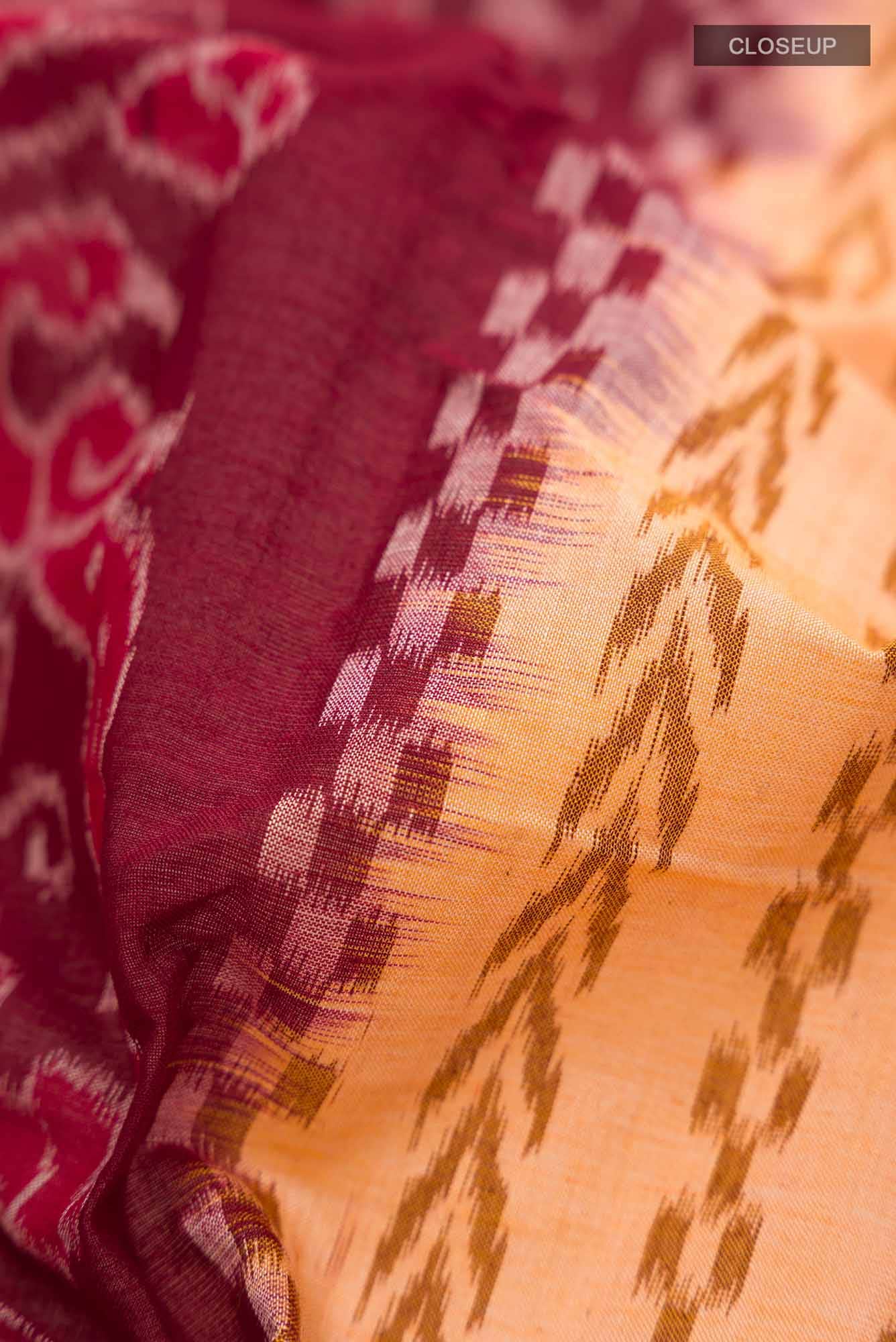
Multi Pochampally Cotton Saree 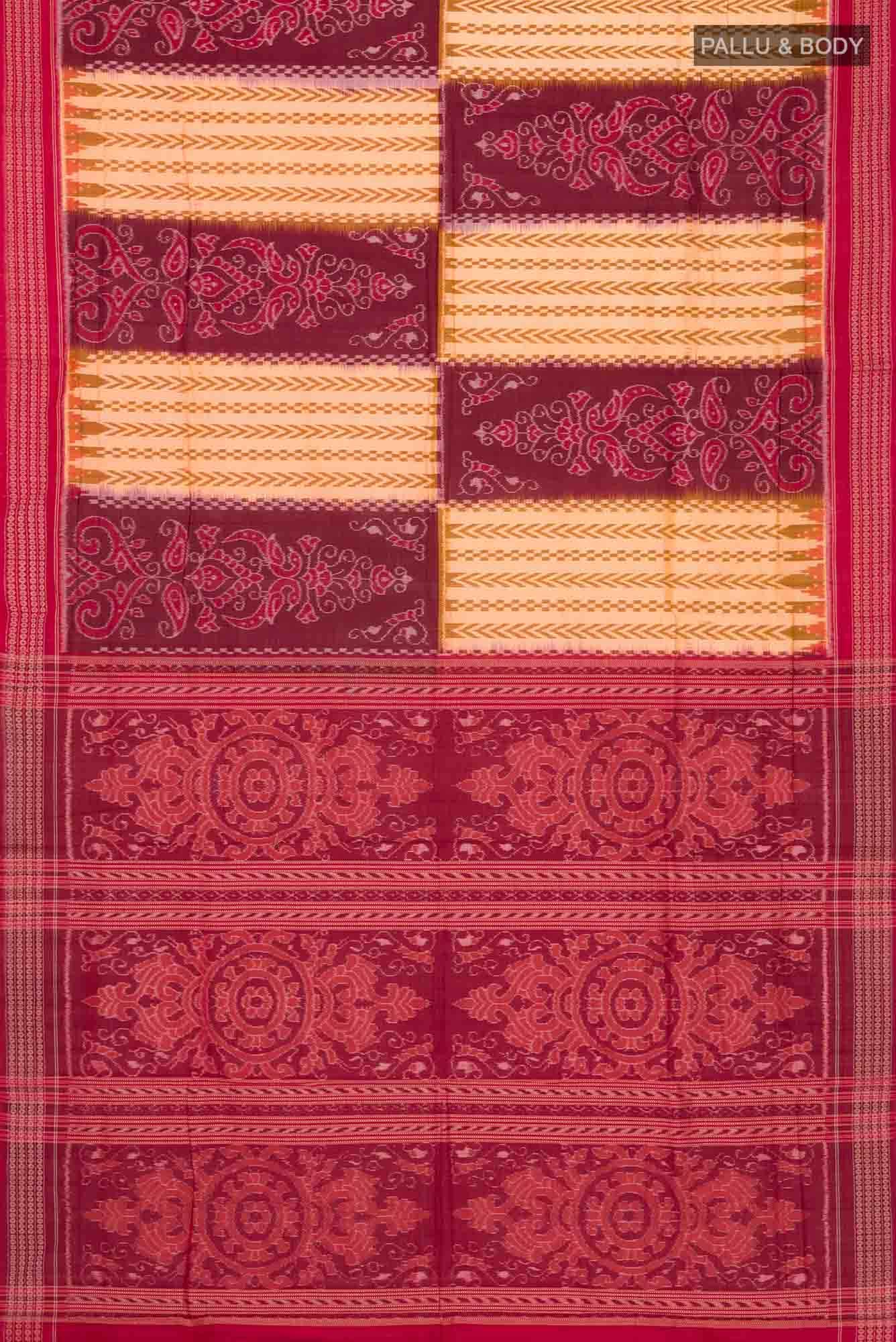
Multi Pochampally Cotton Saree 
Multi Pochampally Cotton Saree 
Multi Pochampally Cotton Saree
₹8,743.00 -
Off White Dual Tone Gadwal cotton Saree Off White Dual Tone Gadwal cotton Saree 
Off White Dual Tone Gadwal cotton Saree 
Off White Dual Tone Gadwal cotton Saree 
Off White Dual Tone Gadwal cotton Saree
₹10,509.00 -
Multi Color Pochampally Cotton Saree Multi Color Pochampally Cotton Saree 
Multi Color Pochampally Cotton Saree 
Multi Color Pochampally Cotton Saree 
Multi Color Pochampally Cotton Saree 
Multi Color Pochampally Cotton Saree 
Multi Color Pochampally Cotton Saree
₹10,326.00 -
Sky Blue Uppada Cotton Saree Sky Blue Uppada Cotton Saree
₹31,136.00 -
Rose Gold Dual Tone Gadwal cotton Saree Rose Gold Dual Tone Gadwal cotton Saree 
Rose Gold Dual Tone Gadwal cotton Saree 
Rose Gold Dual Tone Gadwal cotton Saree 
Rose Gold Dual Tone Gadwal cotton Saree
₹10,509.00 -
Rust Kalamkari Cotton Saree Rust Kalamkari Cotton Saree 
Rust Kalamkari Cotton Saree 
Rust Kalamkari Cotton Saree 
Rust Kalamkari Cotton Saree 
Rust Kalamkari Cotton Saree 
Rust Kalamkari Cotton Saree
₹13,513.00 -
Bottle Green Blended Poly Cotton Saree Bottle Green Blended Poly Cotton Saree 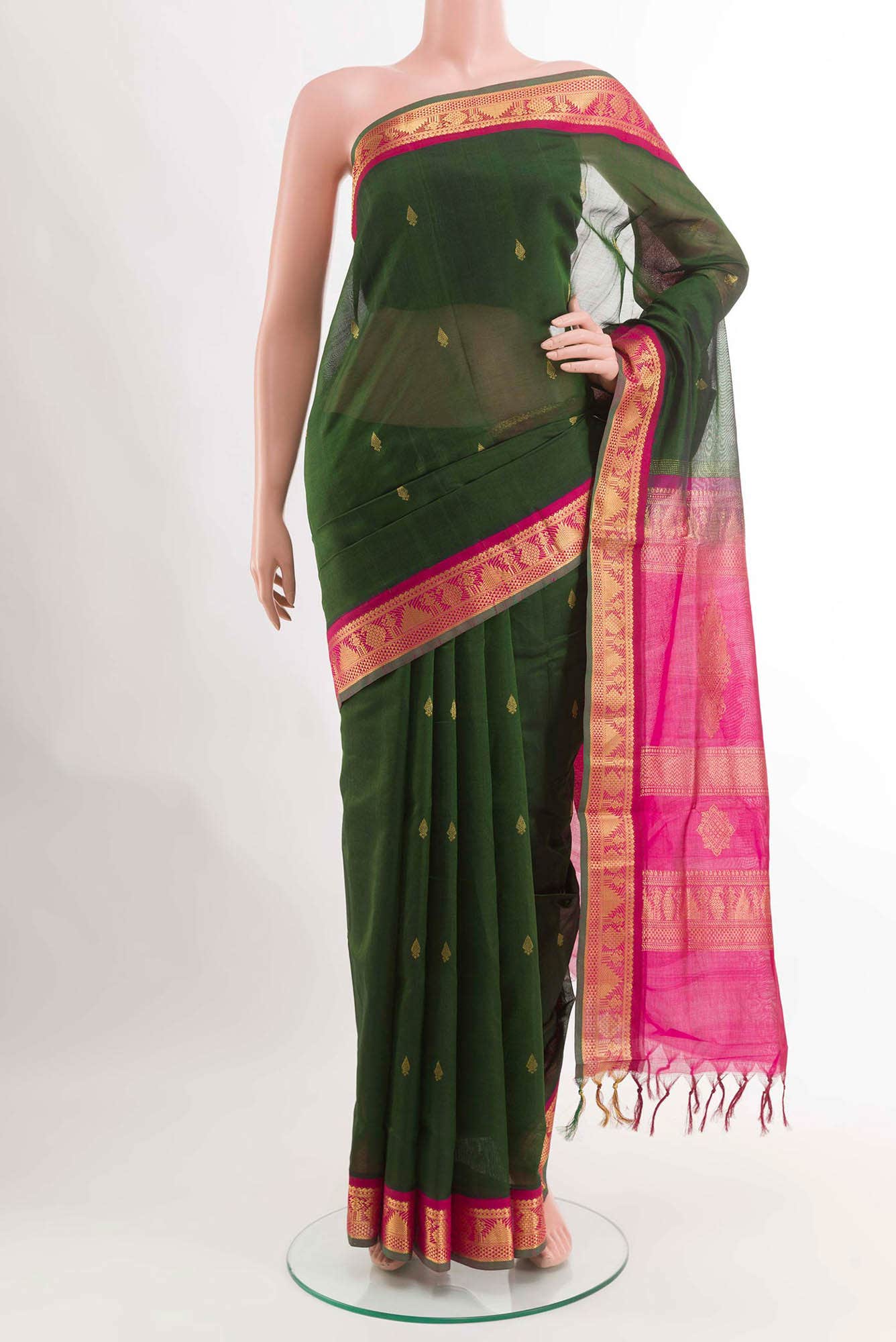
Bottle Green Blended Poly Cotton Saree 
Bottle Green Blended Poly Cotton Saree 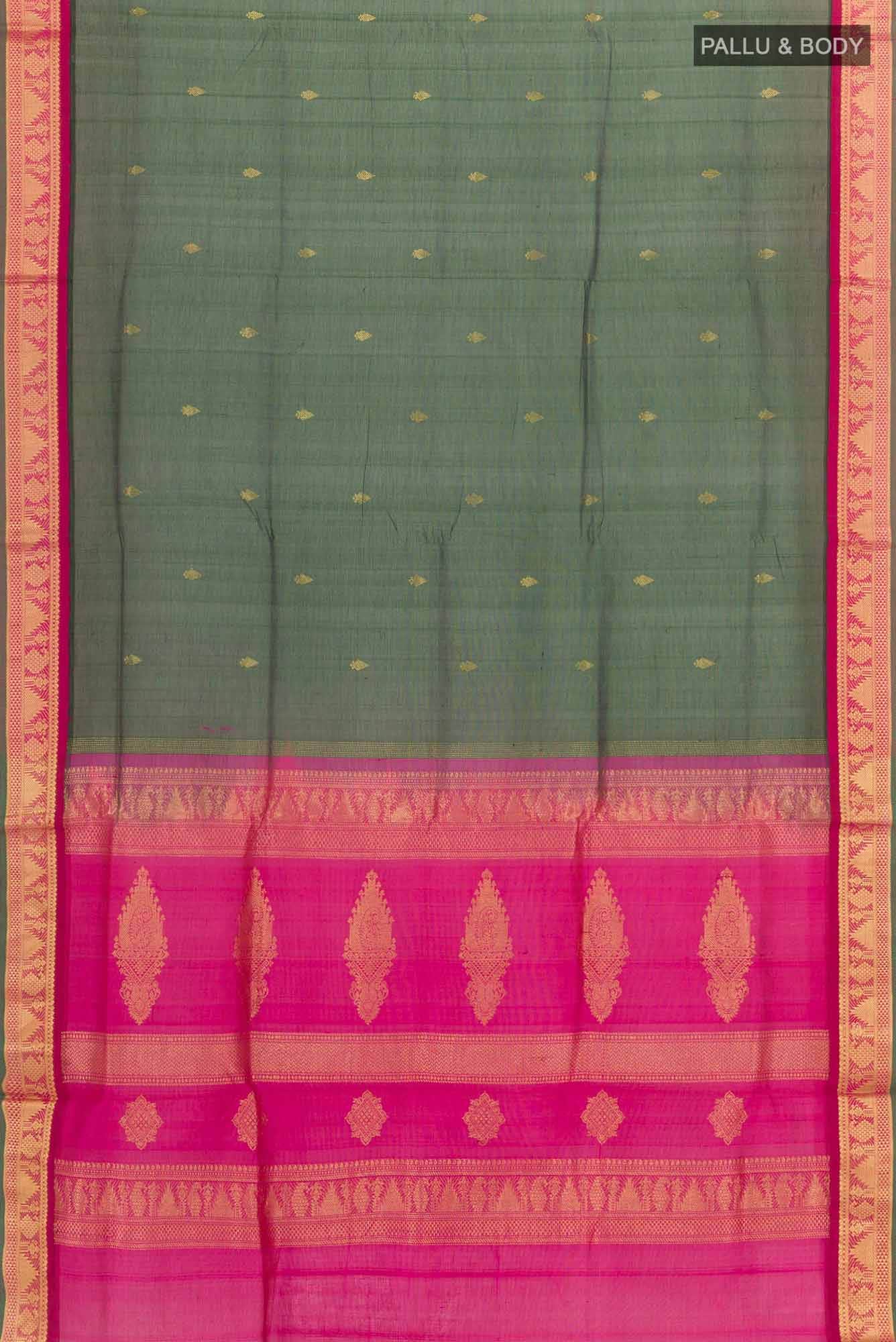
Bottle Green Blended Poly Cotton Saree 
Bottle Green Blended Poly Cotton Saree 
Bottle Green Blended Poly Cotton Saree
₹9,073.00 -
Parrot Green Dual Tone Gadwal cotton Saree Parrot Green Dual Tone Gadwal cotton Saree 
Parrot Green Dual Tone Gadwal cotton Saree 
Parrot Green Dual Tone Gadwal cotton Saree 
Parrot Green Dual Tone Gadwal cotton Saree
₹10,509.00 -
Multi Color Pochampally Cotton Saree Multi Color Pochampally Cotton Saree 
Multi Color Pochampally Cotton Saree 
Multi Color Pochampally Cotton Saree 
Multi Color Pochampally Cotton Saree 
Multi Color Pochampally Cotton Saree 
Multi Color Pochampally Cotton Saree
₹10,326.00 -
Purple Uppada Cotton Saree Purple Uppada Cotton Saree
₹31,136.00 -
Mustard Dual Tone Gadwal cotton Saree Mustard Dual Tone Gadwal cotton Saree 
Mustard Dual Tone Gadwal cotton Saree 
Mustard Dual Tone Gadwal cotton Saree 
Mustard Dual Tone Gadwal cotton Saree
₹10,509.00 -
Blue Kalamkari Cotton Saree Blue Kalamkari Cotton Saree 
Blue Kalamkari Cotton Saree 
Blue Kalamkari Cotton Saree 
Blue Kalamkari Cotton Saree 
Blue Kalamkari Cotton Saree 
Blue Kalamkari Cotton Saree
₹10,175.00 -
Gold Blended Poly Cotton Saree Gold Blended Poly Cotton Saree 
Gold Blended Poly Cotton Saree 
Gold Blended Poly Cotton Saree 
Gold Blended Poly Cotton Saree 
Gold Blended Poly Cotton Saree 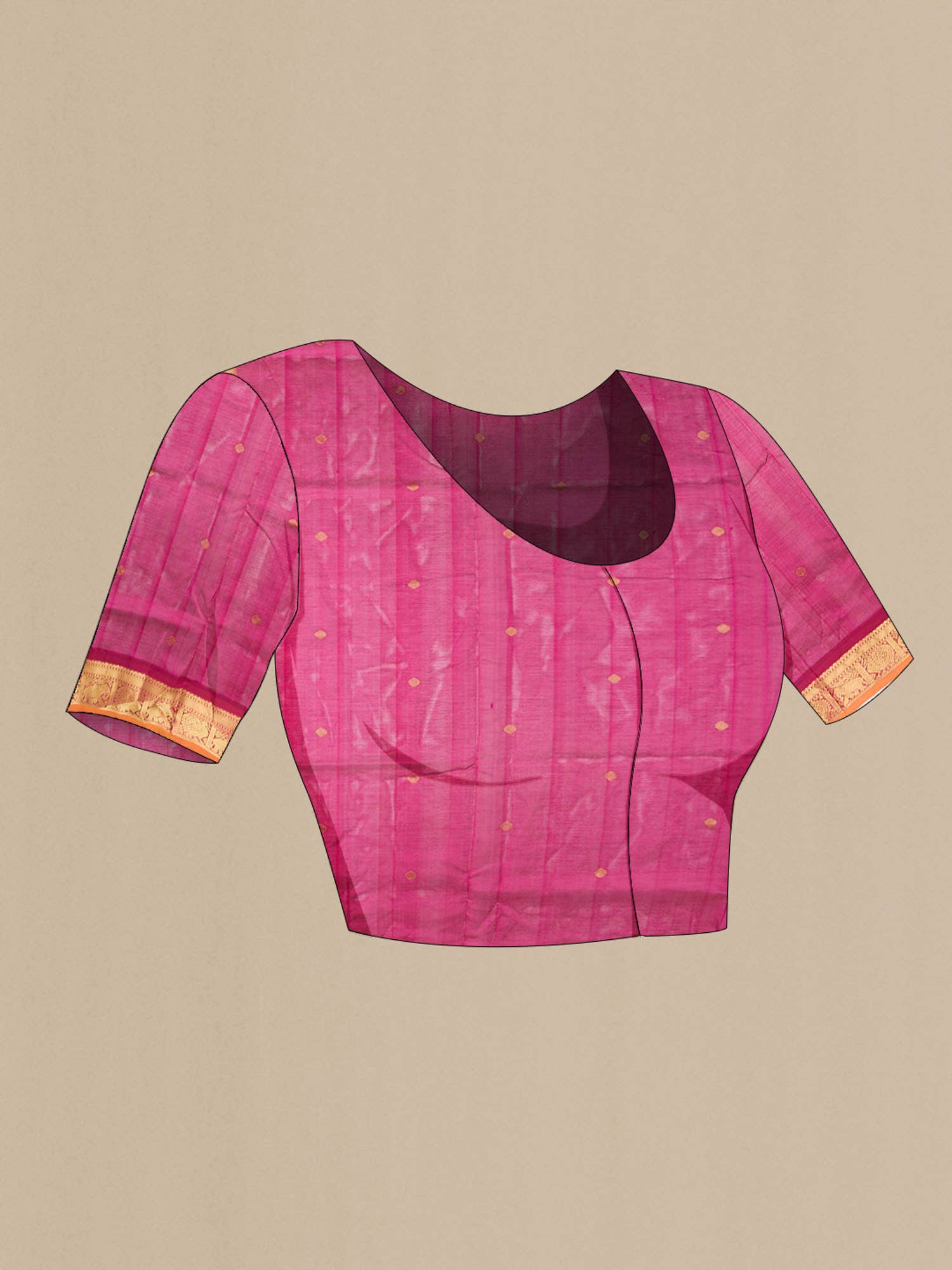
Gold Blended Poly Cotton Saree
₹8,648.00 -
Light Blue Dual Tone Gadwal cotton Saree Light Blue Dual Tone Gadwal cotton Saree 
Light Blue Dual Tone Gadwal cotton Saree 
Light Blue Dual Tone Gadwal cotton Saree 
Light Blue Dual Tone Gadwal cotton Saree
₹10,509.00 -
Mustard Kota Cotton Saree Mustard Kota Cotton Saree
₹8,748.00 -
Pink Dual Tone Gadwal cotton Saree Pink Dual Tone Gadwal cotton Saree 
Pink Dual Tone Gadwal cotton Saree 
Pink Dual Tone Gadwal cotton Saree 
Pink Dual Tone Gadwal cotton Saree
₹10,509.00 -
Blue Kalamkari Cotton Saree Blue Kalamkari Cotton Saree 
Blue Kalamkari Cotton Saree 
Blue Kalamkari Cotton Saree 
Blue Kalamkari Cotton Saree 
Blue Kalamkari Cotton Saree 
Blue Kalamkari Cotton Saree
₹11,050.00 -
Off White Blended Poly Cotton Saree Off White Blended Poly Cotton Saree 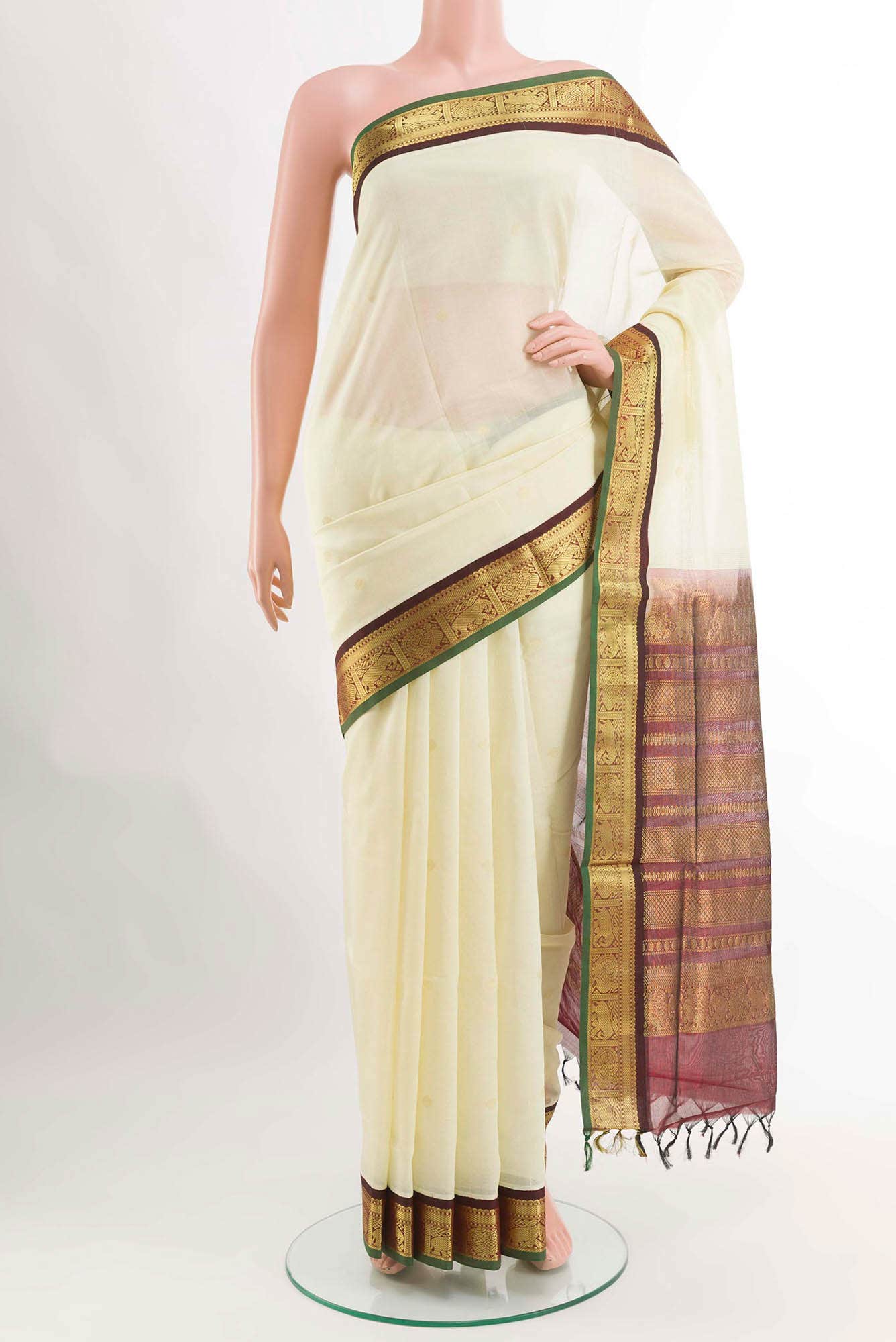
Off White Blended Poly Cotton Saree 
Off White Blended Poly Cotton Saree 
Off White Blended Poly Cotton Saree 
Off White Blended Poly Cotton Saree 
Off White Blended Poly Cotton Saree
₹8,648.00 -
Grey Dual Tone Gadwal cotton Saree Grey Dual Tone Gadwal cotton Saree 
Grey Dual Tone Gadwal cotton Saree 
Grey Dual Tone Gadwal cotton Saree 
Grey Dual Tone Gadwal cotton Saree
₹10,509.00 -
Light Blue Gadwal cotton Saree Light Blue Gadwal cotton Saree
₹8,483.00 -
Blue Linen Cotton Saree Blue Linen Cotton Saree 
Blue Linen Cotton Saree 
Blue Linen Cotton Saree 
Blue Linen Cotton Saree 
Blue Linen Cotton Saree 
Blue Linen Cotton Saree
₹8,860.00 -
Beige Kalamkari Cotton Saree Beige Kalamkari Cotton Saree 
Beige Kalamkari Cotton Saree 
Beige Kalamkari Cotton Saree 
Beige Kalamkari Cotton Saree 
Beige Kalamkari Cotton Saree 
Beige Kalamkari Cotton Saree 
Beige Kalamkari Cotton Saree
₹17,493.00 -
Peacock Blue Blended Poly Cotton Saree Peacock Blue Blended Poly Cotton Saree 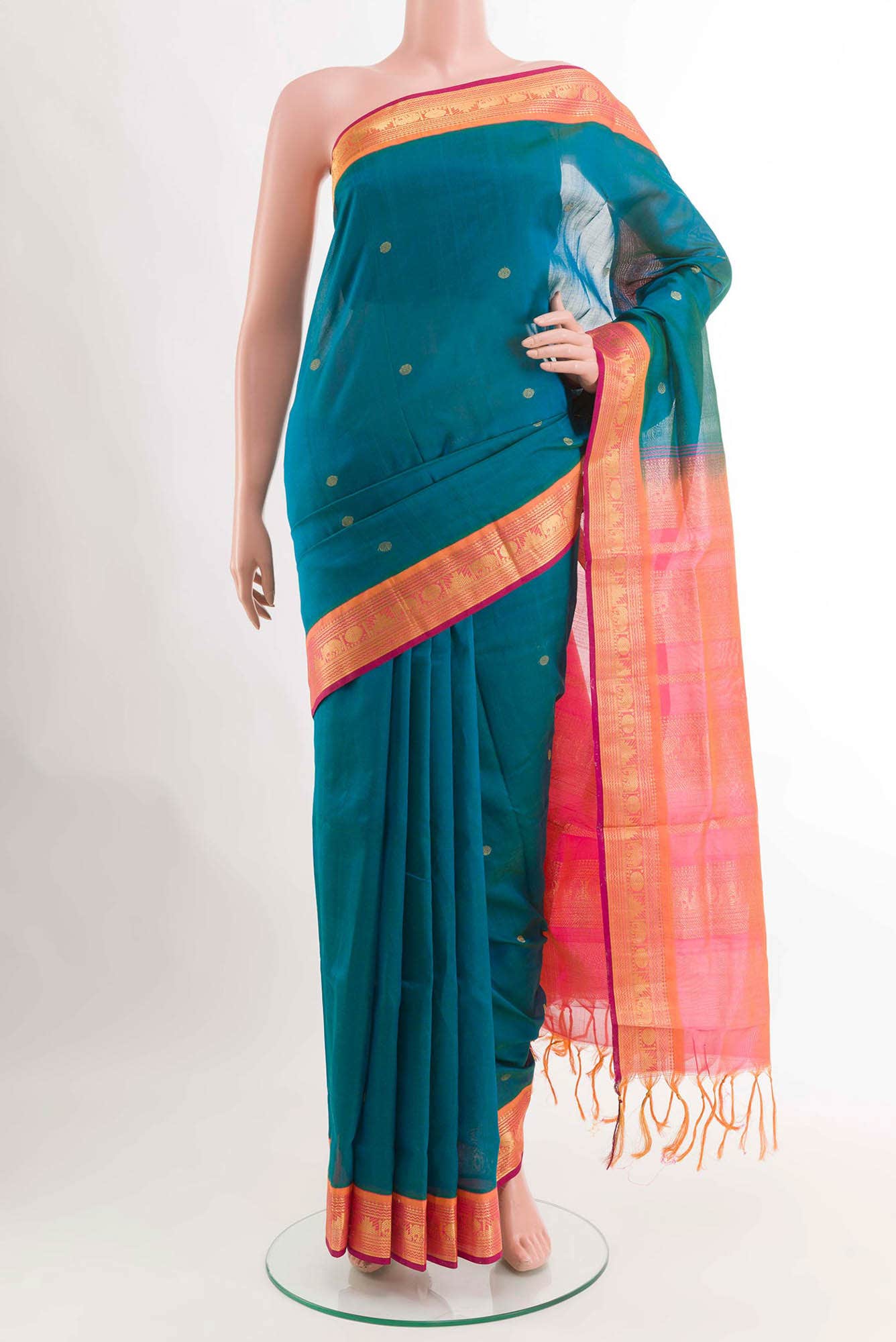
Peacock Blue Blended Poly Cotton Saree 
Peacock Blue Blended Poly Cotton Saree 
Peacock Blue Blended Poly Cotton Saree 
Peacock Blue Blended Poly Cotton Saree 
Peacock Blue Blended Poly Cotton Saree
₹8,648.00 -
Coral Linen Cotton Saree Coral Linen Cotton Saree
₹8,860.00 -
Rose pink Kora Cotton Saree Rose pink Kora Cotton Saree
₹8,111.00 -
Green Linen Cotton Saree Green Linen Cotton Saree 
Green Linen Cotton Saree 
Green Linen Cotton Saree 
Green Linen Cotton Saree 
Green Linen Cotton Saree 
Green Linen Cotton Saree
₹8,860.00 -
Orange Kalamkari Cotton Saree Orange Kalamkari Cotton Saree 
Orange Kalamkari Cotton Saree 
Orange Kalamkari Cotton Saree 
Orange Kalamkari Cotton Saree 
Orange Kalamkari Cotton Saree 
Orange Kalamkari Cotton Saree
₹10,175.00 -
Off White Kora Cotton Saree Off White Kora Cotton Saree 
Off White Kora Cotton Saree 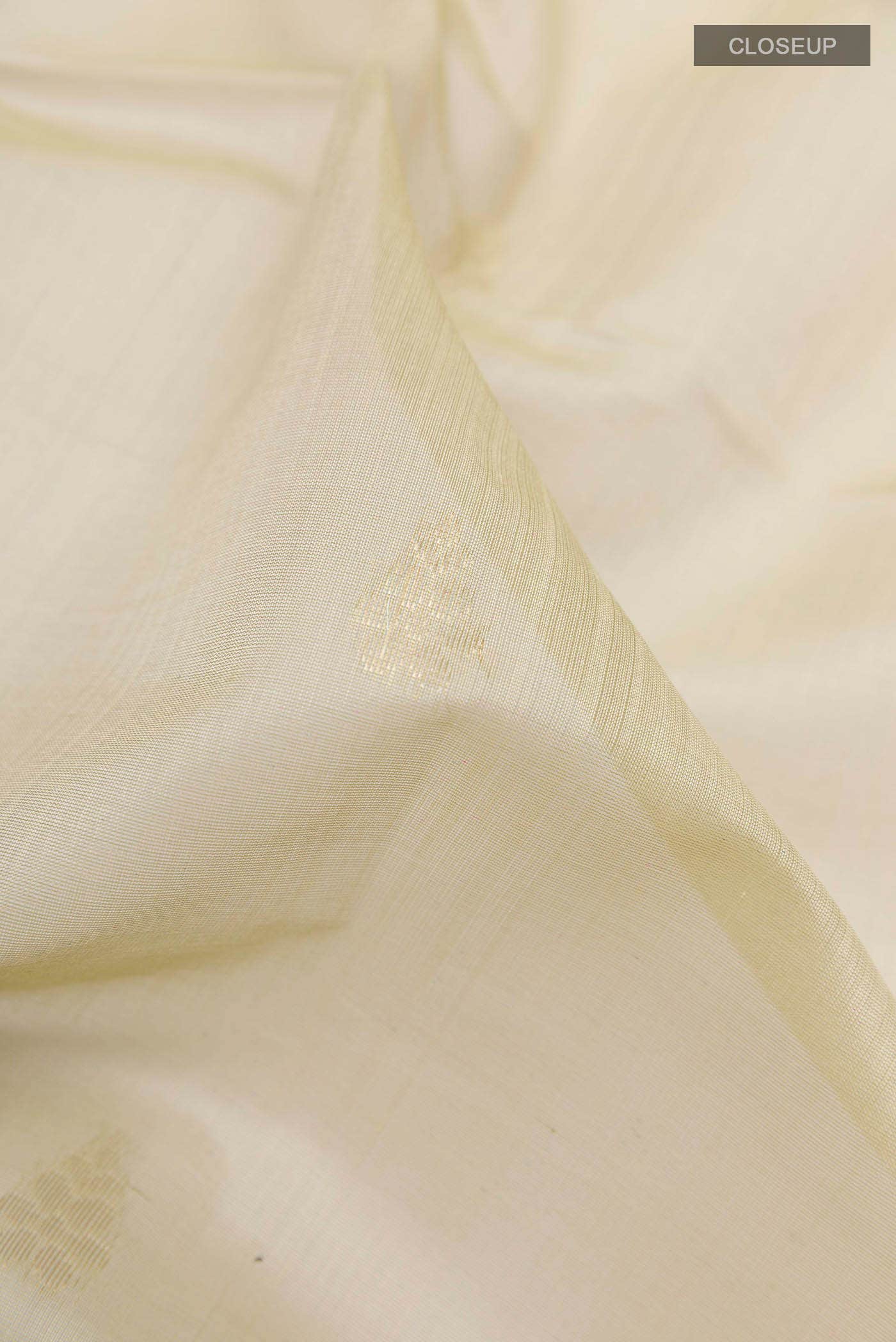
Off White Kora Cotton Saree 
Off White Kora Cotton Saree 
Off White Kora Cotton Saree 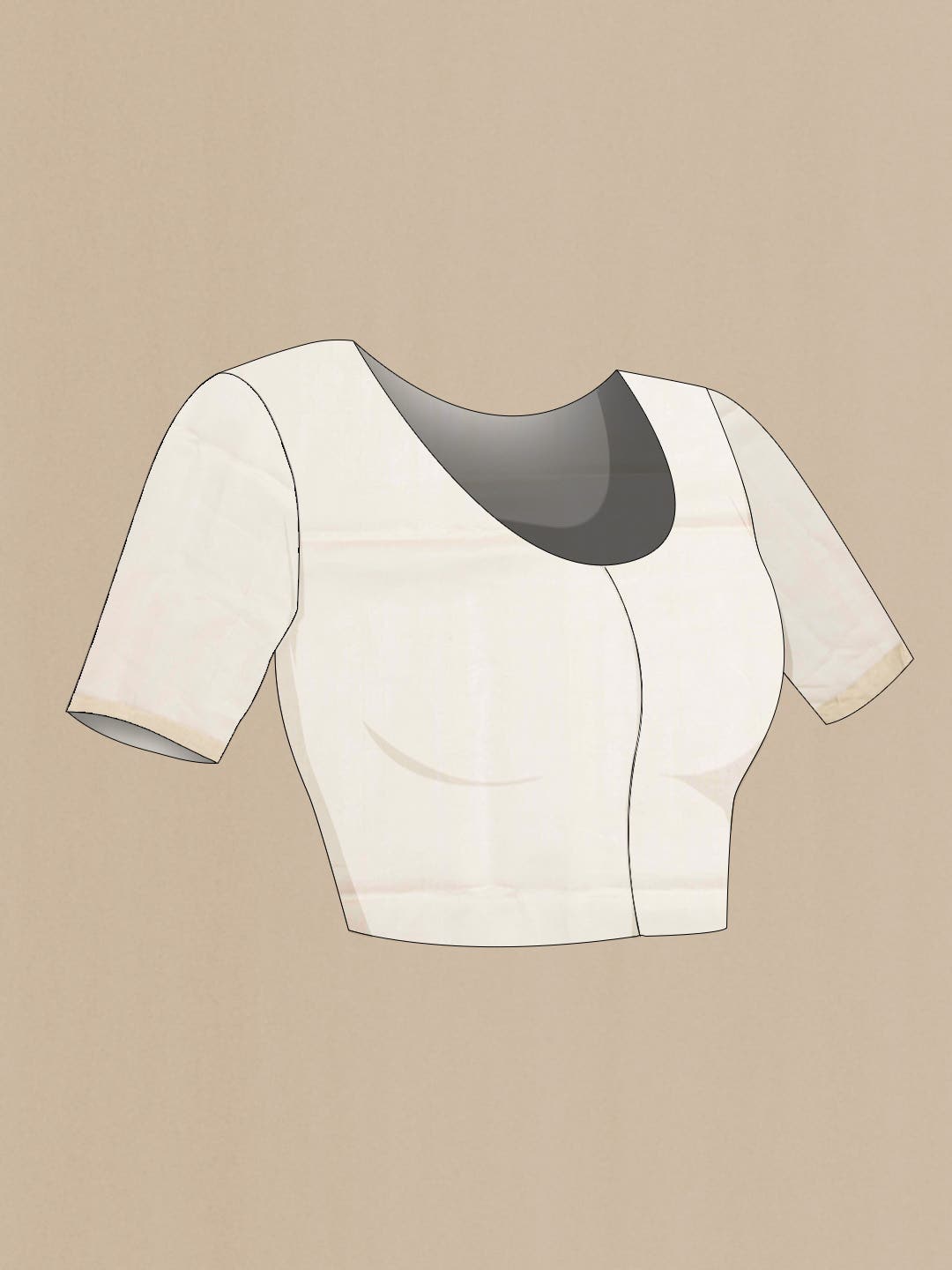
Off White Kora Cotton Saree
₹8,748.00 -
Grey Dual Tone Uppada Cotton Saree Grey Dual Tone Uppada Cotton Saree 
Grey Dual Tone Uppada Cotton Saree 
Grey Dual Tone Uppada Cotton Saree 
Grey Dual Tone Uppada Cotton Saree 
Grey Dual Tone Uppada Cotton Saree 
Grey Dual Tone Uppada Cotton Saree 
Grey Dual Tone Uppada Cotton Saree
₹21,502.00 -
Rose pink Gadwal cotton Saree Rose pink Gadwal cotton Saree
₹8,483.00 -
Green Dual Tone Uppada Cotton Saree -
Black Kalamkari Cotton Saree Black Kalamkari Cotton Saree 
Black Kalamkari Cotton Saree 
Black Kalamkari Cotton Saree 
Black Kalamkari Cotton Saree 
Black Kalamkari Cotton Saree 
Black Kalamkari Cotton Saree
₹10,710.00 -
Green Linen Cotton Saree Green Linen Cotton Saree 
Green Linen Cotton Saree 
Green Linen Cotton Saree 
Green Linen Cotton Saree 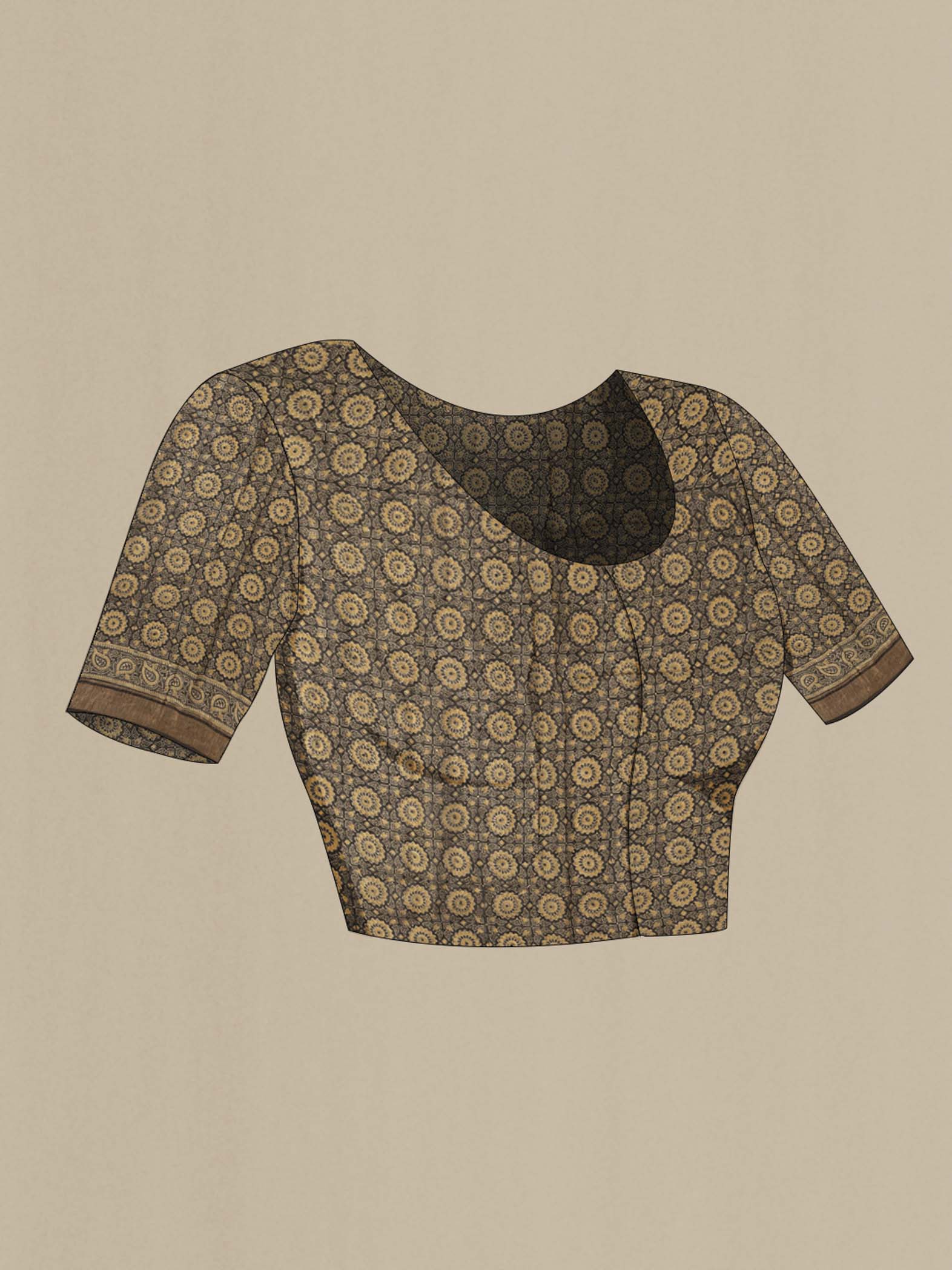
Green Linen Cotton Saree 
Green Linen Cotton Saree
₹13,510.00 -
Peach Kota Cotton Saree Peach Kota Cotton Saree
₹8,271.00 -
Yellow Linen Cotton Saree Yellow Linen Cotton Saree 
Yellow Linen Cotton Saree 
Yellow Linen Cotton Saree 
Yellow Linen Cotton Saree 
Yellow Linen Cotton Saree 
Yellow Linen Cotton Saree
₹13,510.00 -
Green Kalamkari Cotton Saree Green Kalamkari Cotton Saree 
Green Kalamkari Cotton Saree 
Green Kalamkari Cotton Saree 
Green Kalamkari Cotton Saree 
Green Kalamkari Cotton Saree 
Green Kalamkari Cotton Saree
₹10,175.00 -
Green Linen Cotton Saree Green Linen Cotton Saree 
Green Linen Cotton Saree 
Green Linen Cotton Saree 
Green Linen Cotton Saree 
Green Linen Cotton Saree 
Green Linen Cotton Saree
₹13,510.00 -
Off White Bengal Cotton - Others Saree Off White Bengal Cotton - Others Saree 
Off White Bengal Cotton - Others Saree 
Off White Bengal Cotton - Others Saree 
Off White Bengal Cotton - Others Saree
₹17,763.00
Support
























































































































